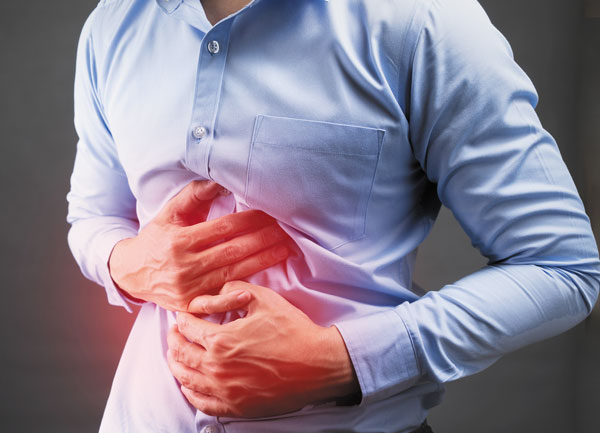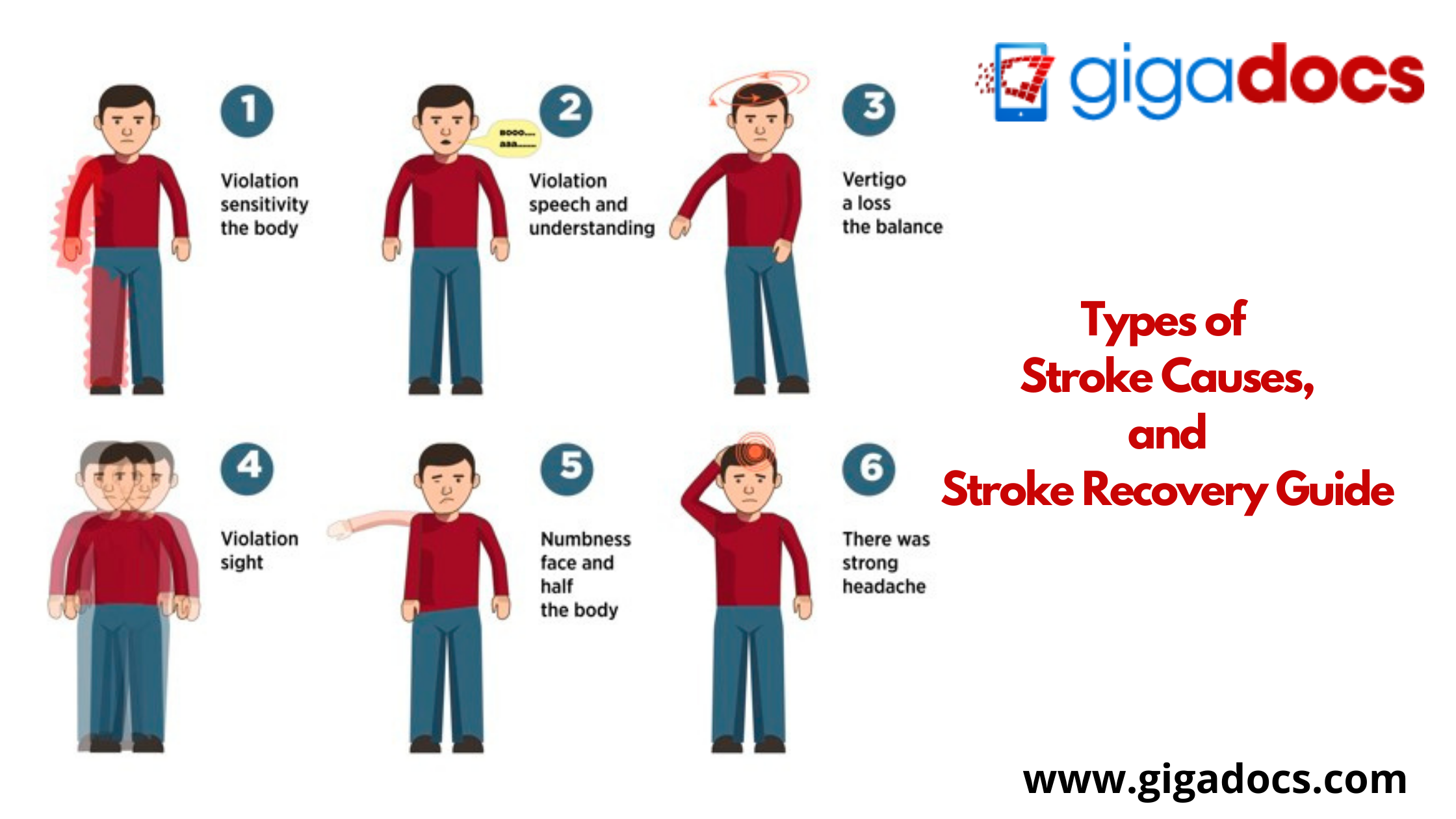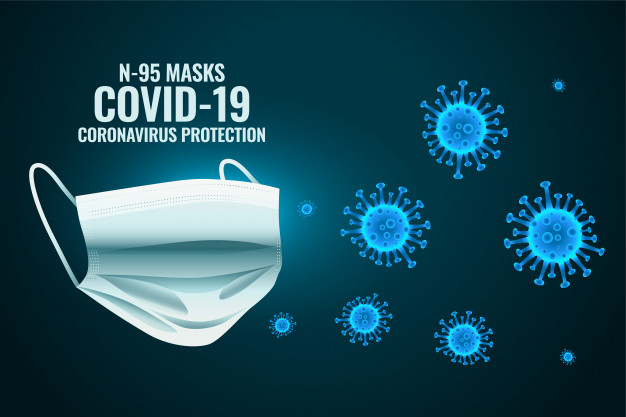Caring for others is the most precious thing that we can pass on to society. Especially in the times of Covid-19, when the caregivers are endangering their lives to safeguard others. In this scenario, it becomes very important to raise awareness about first aid and how it can protect valuable lives.
The History of the World First Aid Day dates back to 2000, when it was introduced by the IFRC. September’s second saturday is earmarked and is celebrated as the World First Aid Day. For this year it will be on 12th. September. This day focuses on the initiative that first aid must be universally available and promotes to raise public awareness of how initial first aid can prove to be life saving in crises.
First aid training helps people to know that minor conditions, first aid care may be enough. However, if the illness/ injury is severe a basic first aid can be lifesaving till a supervised medical specialist is available.
World First Aid Day- History
The history of World First Aid Day dates back to 24th June 1859, by Henry Dunant a young businessman from Geneva who encountered suffering after the Battle of Solferino. He helped the wounded with medical supplies and temporary hospitals. He authored a book titled “A Memory of Solferino” which formed the basis of the ICRC in 1863, and subsequently the World First Aid Day.
Importance of First Aid
It takes up to ten minutes on an average for an ambulance to arrive and help a patient who needs urgent medical care. This is true even in countries which have the best of medical facilities and the most responsive emergency services. These ten minutes are sometimes a make or break for the patient’s life. In serious cases, first aid may be vital to keep the patient alive for specialised medical care post the doctor arrives. If not for first aid, people can lose their lives.
First Aid aims to-
1. Preserve life.
2. Prevent the spread of illness or injury
3. Promote recovery
4. Provide pain relief
5. Protect unconscious patients
The Basics of First Aid
You must know where the first aid kit id kept whether you are at home or work or in your car. Be familiar with the contents of the first aid bag, and medical supplies. After determining a medical emergency, the next step is to assess the unresponsiveness of the injured. The best way is to tap the person and speak loudly to them with assuring words like “Are you okay?”
As a first aid care provider you need to be alert about the surroundings that do not pose any danger. You don’t want to fall ill or injured, do consider looking for any potential dangers, such as the presence of water or heavy traffic on a busy road.
Handwashing, Facemasks, and Hand Sanitizers
Handwashing is important to prevent any contamination especially as the number of Coronavirus cases increase. Wash your hands after taking care of the patient and after taking off the facemasks. Use alcohol-based hand sanitizers if you don’t have water to wash your hands.
Know Basic First Aid
If the person is bleeding, use personal protective equipment to prevent exposure to blood or bodily fluids. As the number of Coronavirus cases are on an increase, keep a facemask and a PPE kit as a part of your first aid kit box. It is equally important to dispose of all equipment that you have worn while giving the first aid. They are a biohazard.
First Aid Box Contents
It is essential to have a first aid kit at your home, office, car and your frequented places like a place of worship. When you are purchasing or making your first aid kit, be sure it must contain-
- Bandages, roller bandages, and tape
- Sterile gauze
- Antiseptic wipes and swabs
- Absorbent compresses
- Antibiotic cream
- Burn ointment
- Alcohol-based sanitizer
- Face shield and eyewash
- First aid reference guide
- The contact number of doctors, pharmacists nearby
- Emergency contact numbers affixed on the first aid kit
Non-prescription drugs for your First-aid Kit
- Aspirin or non-aspirin pain reliever.
- Anti-diarrhoea medication.
- Antacid.
- Syrup (that causes vomiting in case of poisoning)
- Laxatives.
To report an emergency
- Call the emergency number
- Clearly explain the nature of the emergency
- Give the location and provide directions if possible, for medical help to reach
- Provide the name and age of the victim and ongoing medications if any
- Share your contact details with the healthcare provider
Know Your First Aid
First Aid for Common Illness and Injuries
| First Aid for Suspected Cardiac Arrest | Call emergency services immediately to start chest compressions. Compress hard and fast in the center of the chest, allow recoins between compressions. |
| First Aid for Bleeding | Cover the wound with a cloth or a gauze. To stop the blood flow, apply direct pressure don’t remove the cloth, if needed add more gauze or cloth. This will help in the formation of clots that stop the flow. |
| First Aid for Burns | Wash the burnt area for several minutes with cold running water don’t use ice over a burn. Do not apply ointments, butter, or oily remedies on the burn. If necessary, take OTC medications for pain relief. Do not break any blisters which may have formed. |
| First Aid for Blister | If the blister is large or painful. Use a disinfected needle to make small punctures at the corner of the blister Let the fluid ooze out. Apply antibiotic ointment. Cover the wound to protect it from further rubbing and pressure. Do not touch the wound. |
| First Aid for Suspected Fracture | Don’t try to straighten the leg/arm that is under suspected fracture. Stabilize the limb with padding to keep it immobile. Put a cold pack on the injury, care to avoid placing ice directly on the skin. Give anti-inflammatory drugs like ibuprofen. |
| First Aid for Sprains | Immobilize the limbApply a cold pack, elevate it. Take anti-inflammatory drugs. See your doctor for further diagnosis and treatment. |
| First Aid for Sprains | Immobilize the limbApply a cold pack, elevate it. Take anti-inflammatory drugs. See your doctor for further diagnosis and treatment. |
| First Aid for Nosebleed | Lean slightly forward, not back. Pinch the nose just below the bridge. Don’t pinch the nostrils closed by pinching lower. Check after five minutes to see if bleeding has stopped. If not, continue pinching and check after another 10 minutes. You can also apply a cold pack to the bridge of the nose while pinching. |
Virtual Doctor for a Specialised Consultation
After you have administered the first aid, don’t forget to consult a doctor to avoid any complications. With the number of Covid-19 cases on an increase, prefer to speak to a digital doctor over a phone call/ video call.
Gigadocs is a smart practice management software that helps you to consult the best specialists for all of your medical concerns. Gigadocs E-Healthcare app aids with complete health maintenance solutions, like secure storage of digital records, digital prescription solutions, and vital records management.
Download the Gigadocs E-Healthcare app from-
- IOS App – apple.co/2W2iG4V
- Android App – bit.ly/33AQoRC
To know more and schedule a Virtual Consultation demo, e-mail, at info@gigadocs.com



